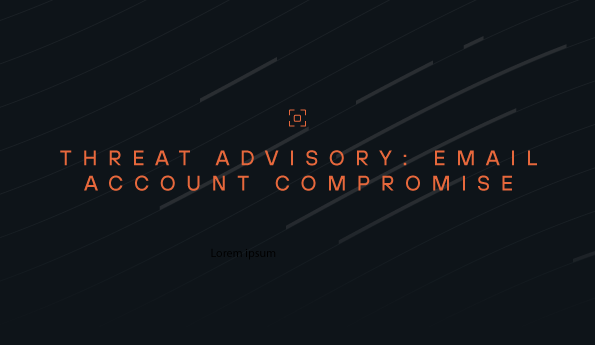How LAN ZeroTrust helps meet compliance requirements
Good security posture is the core of any compliance program. Although many facets play into a strong security posture, the internal network remains one of the most critical assets to defend. That is why, for organizations seeking to achieve regulatory compliance, internal network safeguards are necessary.
However, the rise of cloud and remote work drastically changed how we consider and secure internal networks. With a LAN ZeroTrust solution, organizations can adopt modern approaches to network security that help them achieve industry and government compliance requirements. Here is what use cases LAN ZeroTrust serves in a compliance program.
Compliance use cases for LAN ZeroTrust
Because it allows for tight access control through a deny-by-default traffic design, LAN ZeroTrust helps organizations meet compliance requirements through several key use cases.
- Microsegmentation: Segmenting the network to reduce lateral movement
- Traffic Control: Denying traffic by default design segregates hosts from the network
- Zero Trust Network Access: Culminating all the above for a trust nothing, verify everything approach
Let us discuss each in greater detail.
Microsegmentation
Microsegmentation is the practice of breaking the network down into smaller components. Administrators assign resources and users within these segments. Once assigned, these users only have access to the resources within their assigned segments.
With LAN ZeroTrust, user devices are denied access to internal network resources by default. Because of this, devices on internal networks cannot freely communicate without explicit authorization policies. These policies can be tied to specific identities, allowing for multi-factor authentication (MFA) to be enforced when users access sensitive resources on the internal network.
In practice, this segmentation helps to reduce bad actor lateral movement within a network. So, if that user's identity is compromised or if the user poses an insider threat, they cannot tamper with resources outside the permitted access.
For compliance regulations, the ability to lock down access in this way is huge. Many compliance standards like PCI DSS, HIPAA, and NIST require organizations to have tight access control policies for sensitive environments. With a segmented network, security teams can sequester resources like production environments and payment/patient information, restricting who can access it to only the bare minimum number of users.
Traffic control
LAN ZeroTrust’s functionality also serves a key role in controlling network activity, a cornerstone of most compliance regulations. When a bad actor enters your LAN, this means they are automatically prevented from navigating the network. In turn, they are also unable to propagate any malicious payloads to sensitive systems.
Locking down the internal network with deny-by-default also shows auditors you have taken measures to protect customer data and prevent the spread of a breach. And, for remediation purposes, it also allows for more efficient segregation of potentially infected hosts, minimizing blast radius and further data exfiltration.
It boils down to the principle of least privilege. With least privilege, user access is limited to the bare minimum of resources they need to perform their duties. That way, if their identities become compromised, bad actors also have limited access to the network, reducing their attack surface.
Zero Trust Network Access (ZTNA)
This least privilege-based approach meets the requirements of compliance regulators by minimizing who has access to critical data and promoting ZTNA methodology. Zero trust is predicated on the concept of “trust nothing, verify everything.” In LAN ZeroTrust, deny-by-default automatically fulfills this requirement by enforcing verification based on identities and other policies when navigating the internal network.
The addition of MFA reinforces the ZTNA approach by ensuring users truly are who they claim to be. This added verification raises the barrier to entry for bad actors, even with stolen credentials. Then, if they can penetrate the network, the attacker has a limited attack surface because of the deny-by-default design. From a compliance perspective, this combination of MFA and ZTNA meets multiple network security requirements for many prominent frameworks and regulations.
Read more
See how you can use LAN ZeroTrust, SASE, and other functions of a comprehensive security platform to implement a Zero Trust Security approach and achieve compliance. Book a demo to see LAN ZeroTrust in action.
See Todyl in Action
Learn how you can protect what you built.
Stay on the Cutting Edge of Security
Subscribe to our newsletter to get our latest insights.



